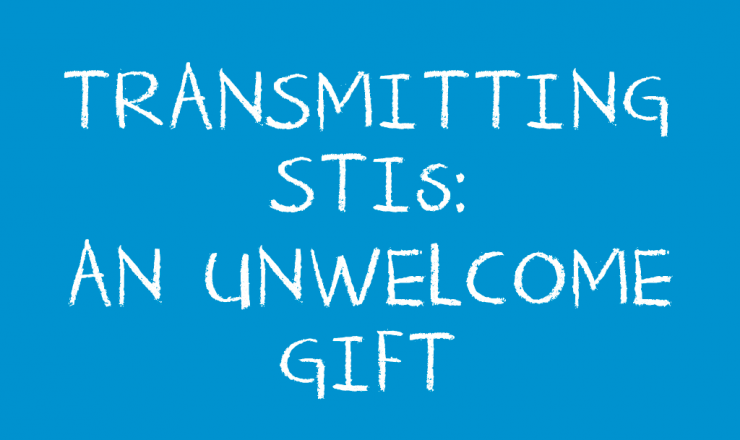Intro to Sexuality & Sexual Orientation
We often talk about sexuality, gender, and sex in the same conversation but they’re different things! Understanding these differences can help us better make sense of ourselves and others, and might even give us a new way to talk about how we feel or identify.
When we talk about sexuality or sexual orientation we’re talking about feelings and desires–who you’re attracted to. We often think about sexuality as being on a spectrum, meaning you could identify as 100% straight (heterosexual) or 100% gay (homosexual) or anywhere in between (bisexual, pansexual, and more) or you may not even experience sexual attraction and be asexual. Our info page Sex, Gender, and Sexual Identity breaks down the differences between sex, gender, and sexual identity but read on for an even deeper dive into sexual identity here.
Sexual orientation/identity can also be broken down into romantic and sexual attraction. For some people, the two are different! You may want to have sex with people of one gender, but not be interested in dating them. You might be romantically attracted to any gender, but only want to have sex with men. There are lots of different combinations of romantic and sexual attraction, so we come up with labels and terms to help describe those combinations. Labels aren’t meant to be descriptive, not prescriptive. They exist to help us describe the feelings we already have, not tell us ways that we should feel if parts of the labels don’t apply to us. Check out our page Understanding Your Own Sexuality and Gender to find out some questions you can ask yourself to figure out how you might identify.
If you find that a label isn’t useful, don’t use it! If you find only parts of a label apply to you but you just find it easier to use it than get into a lengthy conversation about the nuances of your sexuality, do so! No one can tell you how to identify better than you. Check out our info page on Identifying as LGBQ (lesbian, gay, bisexual, or queer) for more!





